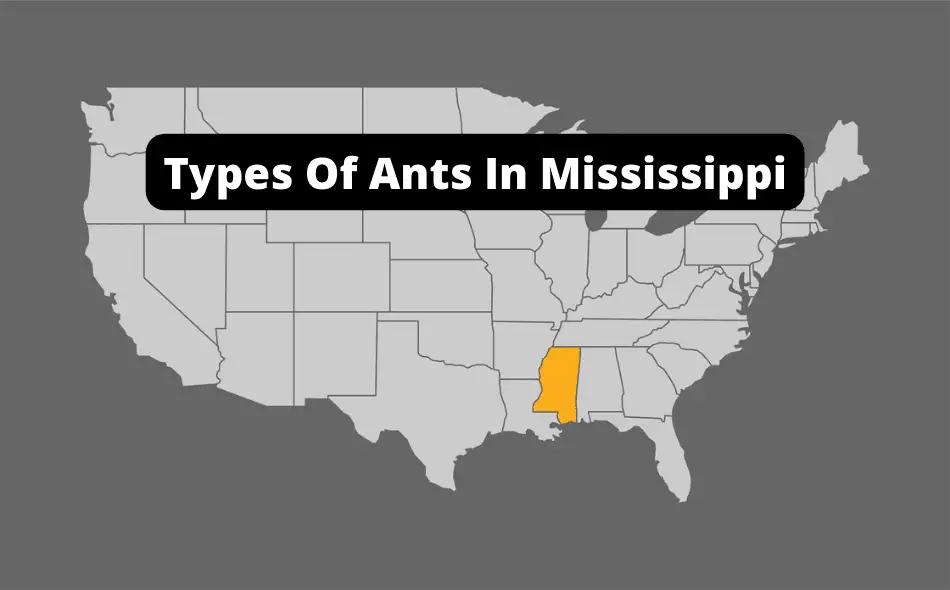Ants can be found almost everywhere in the world, but the type of ants will differ in each place.
Mississippi, located in the southern region of the United States, is known for its rich history, vibrant music scene, and delicious cuisine.
The state is home to the blues, with famous musicians such as B.B. King and Elvis Presley hailing from Mississippi. Visitors can explore the Mississippi Delta, a region known for its unique culture and agricultural heritage.
The state also boasts beautiful beaches along the Gulf Coast, perfect for sunbathing and water activities. Additionally, Mississippi is home to a variety of wildlife, including alligators, deer, and various species of birds.
And while we’re on the topic of wildlife, let’s not forget about the state’s famous mosquitoes.
Despite their pesky reputation, Mississippi’s buzzing insects are key to the state’s ecosystem.
While all of this is nice, we can’t forget the cool ants that are in Mississippi. These ants listed below would be perfect to start your ant-keeping journey, as they’re well-adjusted to Mississippi’s humidity, water, and temperature!
Types Of Ants In Mississippi
Mississippi is known for all the different types of ants they have, these include: Acrobat Ants, Bicolored Pennant Ants, Buren’s Pyramid Ants, Carpenter Ants, Florida Trap-jaw Ants, Gate-keeper Ants, High Noon Ants, Little Black Ants, Odorous House Ants, Pallid Twig Ants, Pergande’s Acorn Ants, Pharaoh Ants, Rimose Fungus-farming Ants, Treat’s Collared Ants, Vampire Ants and Woodland Crazy Ants.
Bicolored Pennant Ant
Monomorium floricola is the bicolored pennant ants scientific name.
Although additional names include the flower and flowery ant, the length of the bio-colored pennant ant ranges from 1.5 to 2 mm.
Its thorax is typically yellow or brown in the middle, with a head and abdomen ranging from dark brown to black.
The bicolored pennant ant is a small, passive ant that moves slowly and is considerably more profound in the center of its thorax, skull, and abdomen – the size of the workers is uniform.
The bicolored pennant ant is a Tropical tree-dwelling insect that builds its nests in tiny crevices beneath tree bark, bare twigs, or dry branches.
Although the bicolored pennant is frequently spotted in cities, it usually makes its nest outside buildings.
The ant prefers disturbed habitats to infiltrate and live in, but it is less likely to do so in a woodland that has yet to be visited.
Carpenter Ant
Carpenter ants got their name because they dig wood to make their nests, creating neat tunnels within the wood.
These ants will only chew and burrow through the wood to build nests; Interestingly, they do not consume wood.
Carpenter ants’ length ranges from 12 to 25 mm depending on the species.
Carpenter ants that are black are frequent pests, but these insects can also be all-black, all-red, or all-brown.
When mature, the black western carpenter ants colony has ten to twenty thousand workers.
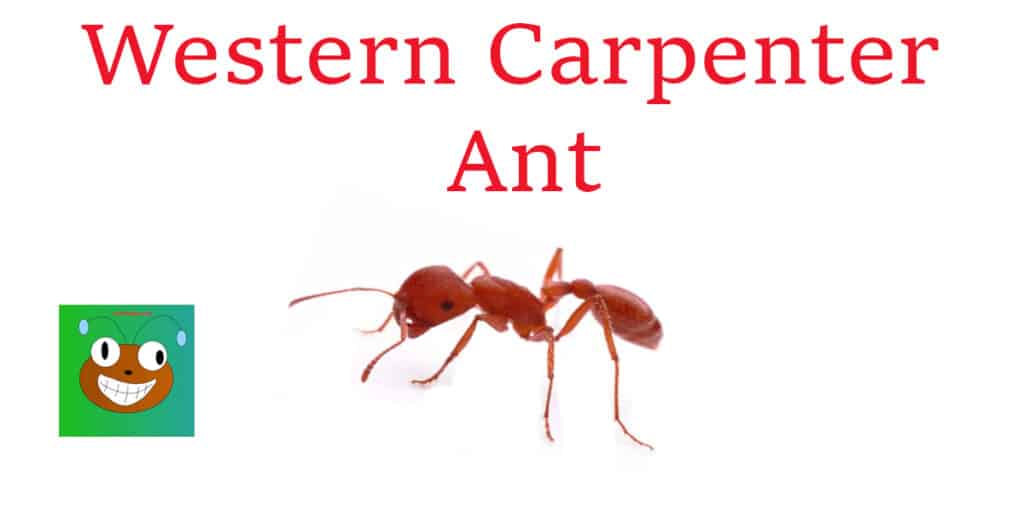


Incredibly, some big colonies have more than fifty thousand ants.
In most territories, there is only one active, wingless Queen. The colony must be older than two years before the production of swarmers takes place (potential new queens).
Instead, swarmers are produced the year before and kept in the nest during winter in preparation for the ensuing years’ dispersal.
In the east of the US, swarmers arrive from May through August, whereas in the west, they appear from February till June.
High Noon Ant
The high noon ant species has demonstrated positive ecological relationships with various insects or plants and typically feeds on nectar or invertebrates.
Workers of this species are 1.8 – 2.5 mm in size. This species thrives in dry environments; however, colonies can survive in hot, arid climates.
Colonies nest almost everywhere, although they favor open spaces like meadows and fields.
There is no particular diet needed for Forelius pruinosus.
Most carbohydrates, such as honey, sucrose solution, honey moisture, or sunburst ant nectar, are readily accepted.
However, forelius pruinosus consume most protein-containing foods, including fruit flies, cricket, roundworms, super worms, or discoid roaches.
Forelius pruinosus is a species that enjoys dry conditions.
The optimal humidity range for this ant species is 20–50%.
Therefore, they may survive with little moisture.
Their habitats are frequently built on loose soil.
Colonies are sometimes discovered hiding beneath cover like rocks, stumps, etc.
Little Black Ant
The little black ant is native to North America.
Known for their lustrous black hue, the workers are 1 – 2 mm long, and the Queen is 4 – 5 mm in size.
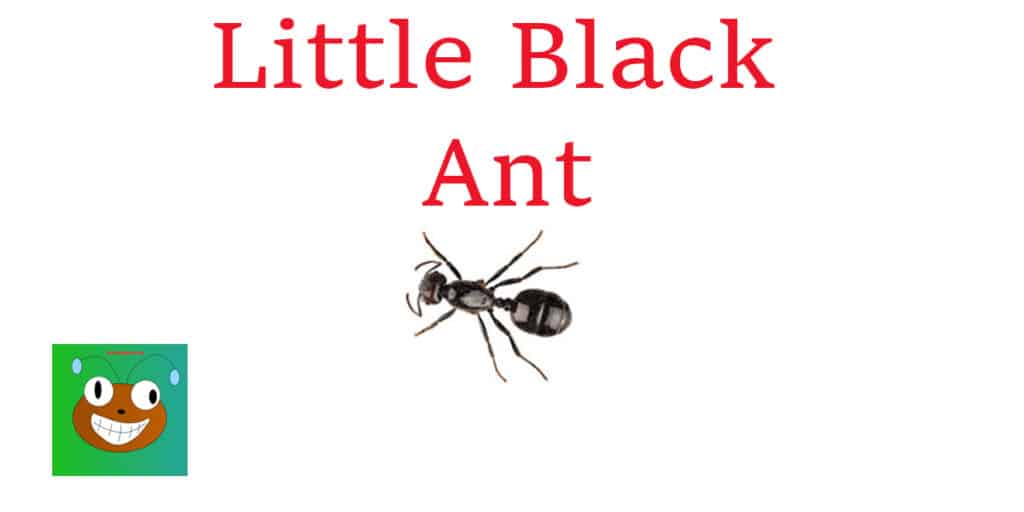
A colony may have more than one Queen because it’s a polygynous species.
A nest typically has a few hundred workers, a modest size.
These scavengers, known as Monomorium minimum, can eat anything, including dead insects and bird droppings.
Some of their favorite insects to eat are fall webworm larvae and codling moth caterpillars.
Additionally, they tend to collect honeydew insects like the soybean aphid. Although they prefer to nest on earth mounds, they may scan for other homes with ease of access.
Queens and males execute the nuptial flight, bonding in midair, mostly in summertime.
The males pass away soon after. Every Queen builds a new nest, removes her wings, then lays eggs.
Since this colony is polygynous, expect more queens shortly after. It takes around a month for an egg to mature into an adult.
Odorous House Ant
The worker-odorous house ants are around 3mm long and black to dark brown.
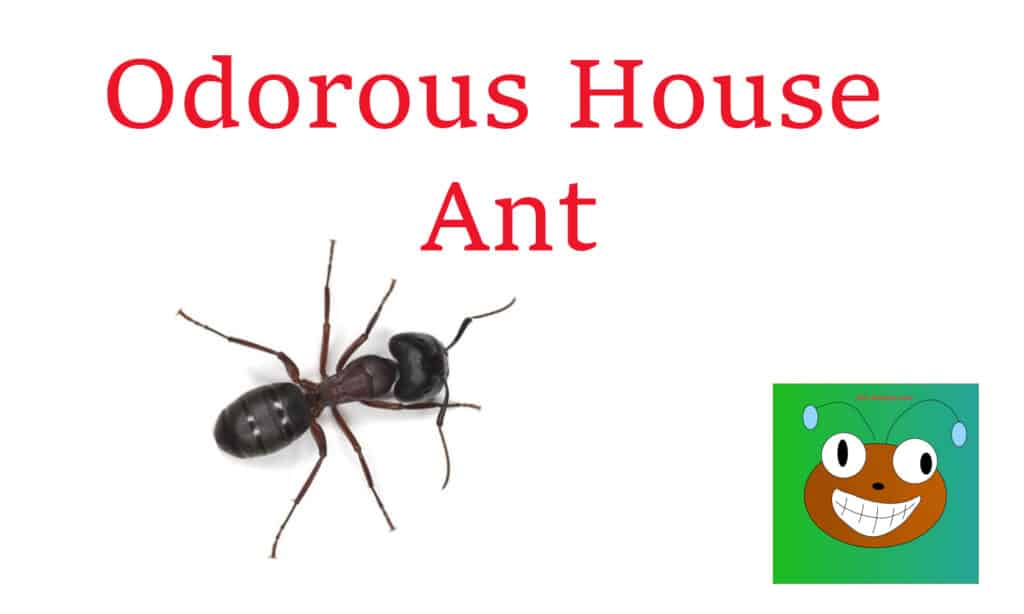
Additionally, they have antennae that resemble a long stick.
Crushed, odorous house ants produce a pungent, rotten coconut-like stench that gives these insects their name.
Odorous house ants build their nests indoors next to moist areas, such as heaters, heater cavities along hot water pipes, under leaking fixtures, and on termite-damaged wood.
Outside, odorous ants are frequently discovered on bare soil or beneath firewood piles. Odorous house ants enjoy eating sweets and particularly enjoy consuming honeydew.
Occasionally, they eat other things, such as pet food or insects. Approximately tri-monthly, they often relocate their nests because of rain.
They create new colonies following mating flights at the end of spring and summer.
Colonies are also split by the budding process, in which a queen leaves her nest with some workers to start a new colony elsewhere.
Pallid Twig Ant
The pallid twig ant is the most prevalent and ubiquitous species of the pallidum family.
Significant regional diversity can be seen in P. pallidums morphology, sculpting, and body shape.
Although the males are typically orange-brown by color, they also have relatively large pupils. Workers are 5/16-inch to 2/5-inch (8-10 mm) in length.
Despite their preference for grassy plants, their habitats have been discovered in the decaying branches of wooden twigs.
These kinds of nests are found inside the bare stems of withered grasses. Due to the possible shelter from the foliage in the summer and visibility to sunshine in the winter, nests are typically located where grassland and woodland environments converge.
To keep predators from getting to the offspring, the colony’s entry, which is circular to an elliptical opening on the surface of the branch, may easily be sealed by the bulk of a single worker.
Colonies grown in the lab consume sugar and decaying insect parts for food sources, indicating that honey and beetle prey make up most of their nutrition in the wild.
Interestingly, both colonies formed in experimental monitoring nests and those taken from the wild do not indicate the presence of food storage.
Pharaoh Ant
Another smaller and at about 2.4 mm (1/16 Inches), and interestingly the males and worker ants are actually the same size (not the Queen).
This ant can quickly become a nightmare if it infests your home, as it can survive even the most advanced household pest control attempts.
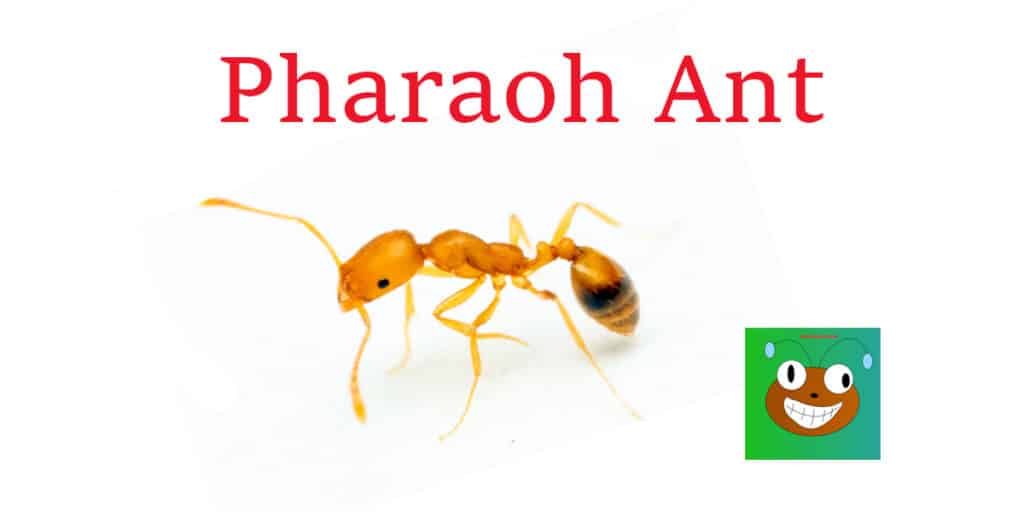
These ants will eat everything and are well known for infesting hospitals and other large corporate buildings that offer a cafeteria.
Because these ants don’t need soil or other substrates to create nests, they can infiltrate a building and start building out a home anywhere.
These ants do not care where they put their nest and have been seen nesting in everything from electrical wiring to underground sewage systems.
A unique (and sad) fact about Pharaoh Ants is that they have been caught feeding on the flesh of burn victims and are known for transferring diseases within hospitals.
